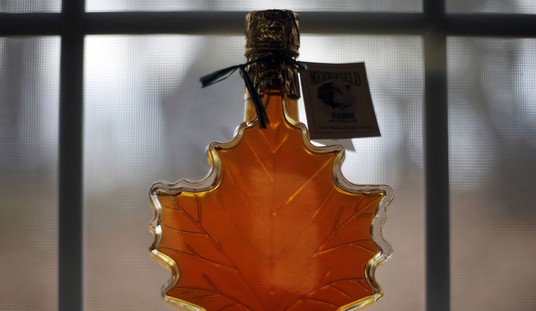
As Hollywood and the broader marketplace have been grappling with sexism in the workplace the inevitable over-swing of the pendulum is bound to happen. Some companies will take steps to remedy problems, and then others will enforce a more proactive approach. This will end up with some taking things too far.
Dateline, Europe. This past January, just ahead of the 2018 racing season, the governing body of Formula One Racing (F1) made the announcement that it was curtailing a portion of the pageantry with its race events. No longer will the officials allow the young models – known for years as “grid girls” – to be a part of the traditional race festivities.
“Over the last year we have looked at a number of areas which we felt needed updating so as to be more in tune with our vision for this great sport,” said Sean Bratches, Managing Director, Commercial Operations at Formula 1. “While the practice of employing grid girls has been a staple of Formula 1 Grands Prix for decades, we feel this custom does not resonate with our brand values and clearly is at odds with modern day societal norms. We don’t believe the practice is appropriate or relevant to Formula 1 and its fans, old and new, across the world.”
F1 has always immersed itself in the flashy affairs, the high-end ritz. Model-quality females being visible both for race organizers, as well as those brought in by the teams and various sponsors, have always been a part of that image. But now the governing body wants to declare women’s bodies being on display off limits. The edict has likely come down from the ownership corporation of F1 Racing, the American conglomerate Liberty Media.
This repressed ruling has been met with some resistance. Two different locations on the circuit have indicated a desire to retain the eye candy element, leading to a possible internal struggle over external appearances at the races, as it were. Officials for the Grand Prix of Russia have indicated their desire to keep Grid Girls as part of their affair, and want to renegotiate a deal with F1 executives. The Monaco Grand Prix meanwhile has dispensed with negotiations: their officials have firmly declared the girls will in fact be on their grid.
Another group is opposed to this new mandate — the models themselves. Many former grid girls have taken to social media to voice their displeasure over the ban. Their plight raises very pointed questions regarding feminism and the decisions to target these grid girls, and those appearing in similar fashion at other sporting events. A women’s rights group called The Women’s Sports Trust put out a statement of support for F1’s decision.
“This is not a matter of feminists versus models, which seems to be the way many people want to portray this story.”
Can I portray it this way, then? How odd is it that the women’s movement groups, which ostensibly are working in the interest of women, openly campaign to put women out of work? All of these women working as grid girls did so willingly. They wanted to be there and earning a living, and through no quarrel of their own have become punished. Which leads to a deeper question.
Women’s groups hold as their major tenant that women should be free to choose what they do with their own bodies. Yet here they have actively stepped in to end the right of these ladies to choose to use their bodies to pose near cars. I guess if models elect to look comely and enticing then pro-choice women’s groups can dictate these ladies have no right to choose? If anyone can make sense of that twisted wreckage in thought do let me know.
In the meantime, I’ll be on the lookout for NASCAR broadcasts. At least (for now) the Monster Energy girls still have a job.















Join the conversation as a VIP Member